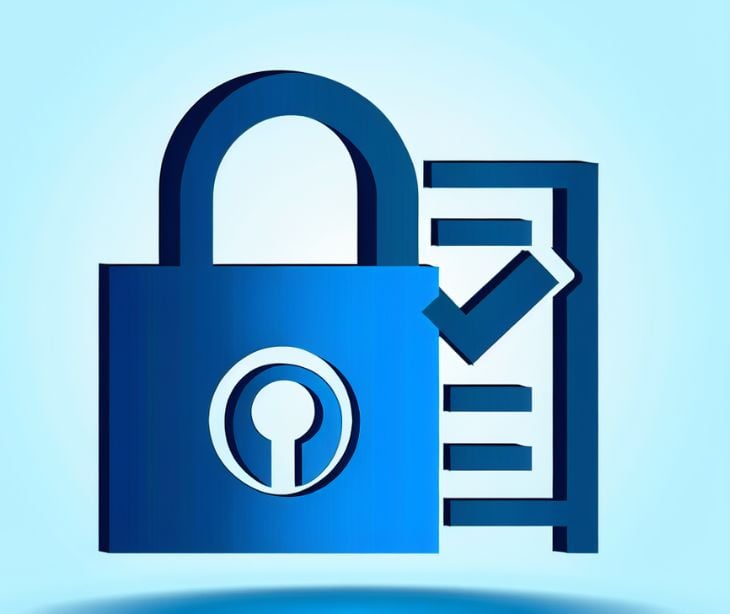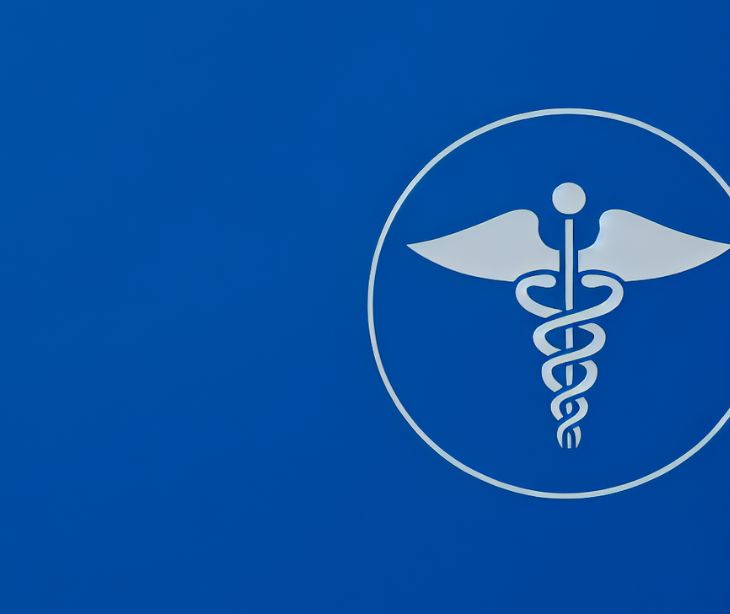2 min read
Guidelines for HIPAA compliant documentation and record retention
Liyanda Tembani
July 13, 2023

HIPAA emphasizes documentation and record retention as one of its requirements. Proper documentation and record-keeping practices ensure compliance, protect patient privacy, and enable effective healthcare management. These guidelines for HIPAA compliant documentation and record retention will support healthcare organizations in meeting these requirements.
HIPAA documentation requirements
The HIPAA Privacy Rule establishes the framework for documentation in healthcare organizations. It requires covered entities to maintain accurate and up-to-date documentation of their privacy policies, procedures, and employee training records. This documentation serves as evidence of compliance with HIPAA regulations and helps establish a robust privacy framework within organizations. By documenting policies and procedures, organizations demonstrate their commitment to protecting patient information and provide a reference for employees to follow consistent practices. It also assists in training new employees and ensuring that everyone within the organization knows the protocols for handling protected health information (PHI).
Record retention obligations under HIPAA
Organizations must retain documentation of PHI disclosures for a minimum of six years. Be aware of any state-specific record retention laws that may impose additional obligations. By adhering to these requirements, organizations can ensure the availability and accessibility of necessary records when needed.
In addition to disclosures, organizations should retain documentation related to incident response, breach notifications, and any other actions taken to ensure compliance with HIPAA. Maintaining records beyond the minimum required period may be advisable to meet potential legal, operational, or clinical needs.
Related: Understanding medical record retention requirements by state
Best practices for HIPAA documentation
- Developing comprehensive privacy policies and procedures: Organizations should establish clear policies that outline how patient information is handled, accessed, and shared. Procedures should be in place to guide employees in carrying out these policies effectively.
- Establishing a document retention schedule: Create a document retention schedule tailored to the organization's specific needs, incorporating both HIPAA and state-specific requirements. This schedule should outline how long different types of records should be retained and include guidelines for disposal and destruction.
- Ensuring secure storage of records: Physical records containing PHI should be stored in locked cabinets or rooms with restricted access. Electronic records should be stored in secure systems with appropriate access controls, encryption, and regular data backups.
- Implementing access controls and providing regular training: Limit access to patient records to authorized personnel on a need-to-know basis. Regular training sessions should be conducted to educate employees about HIPAA regulations, the proper handling of PHI, and the importance of accurate documentation and record retention.
- Maintaining audit logs: Healthcare organizations should maintain audit logs to monitor access and activities related to patient records. These logs can track who accessed patient information, what changes were made, and when those changes occurred. Audit logs help identify unauthorized access or potential breaches and allow for timely response and investigation.
- Establishing protocols for disposal and destruction: When records are no longer needed, organizations should have clear protocols for the proper disposal and destruction of PHI. Shredding, burning, or using secure digital destruction methods are common practices. Ensure that all PHI is rendered unreadable and unrecoverable to maintain patient privacy. Document the disposal process and maintain records of the disposal activities for compliance and audit purposes.
The benefits of proper documentation and record retention
- Ensuring compliance with HIPAA regulations, mitigating the risk of penalties, and maintaining a strong reputation for patient privacy.
- Facilitating patient rights and access to their health information, promoting transparency and trust between patients and healthcare providers.
- Supporting auditing, investigations, and legal proceedings by providing accurate and reliable records as evidence.
- Maintaining data integrity, accuracy, and continuity of care by ensuring the availability of comprehensive and up-to-date patient health information.
Compliance with HIPAA documentation and record retention guidelines ensures that healthcare organizations prioritize patient privacy, maintain data integrity, and support effective incident response.
Subscribe to Paubox Weekly
Every Friday we'll bring you the most important news from Paubox. Our aim is to make you smarter, faster.




